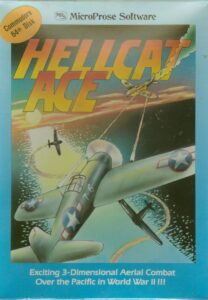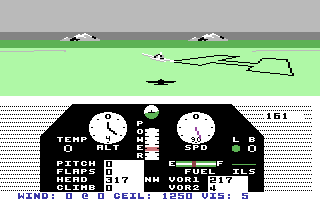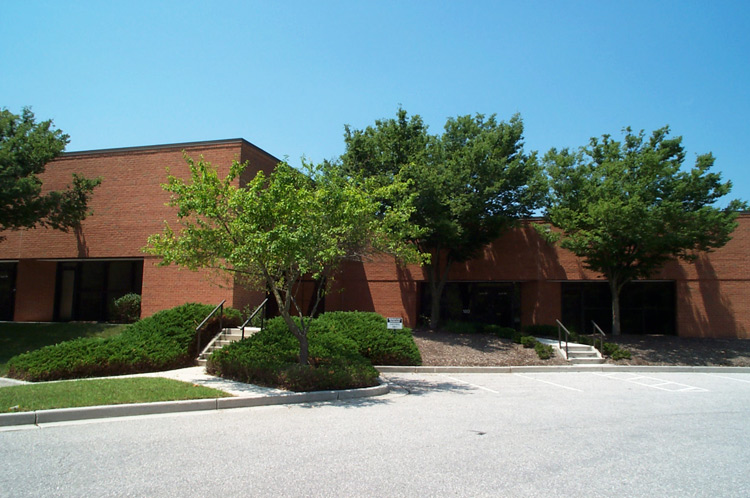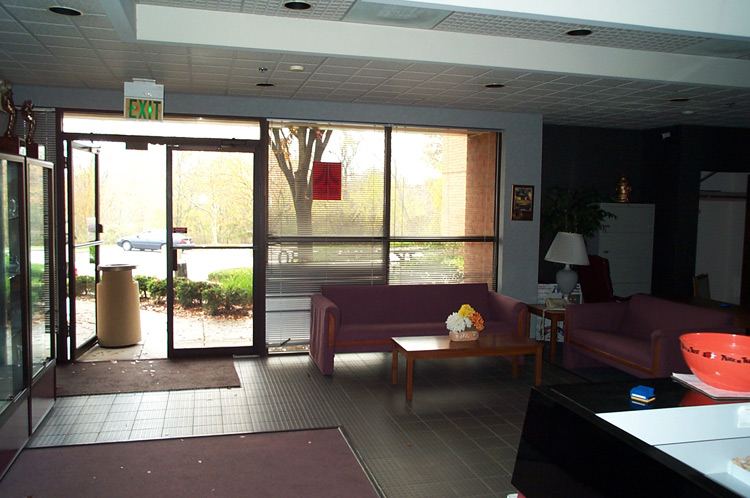 MicroProse Software - Part 1
MicroProse Software - Part 1
How It All Started
Bill Stealey and Sid Meier both worked at General Instrument in Hunt Valley, MD. Stealey was the Director of Strategic Planning, primarily a finance job. Meier was a systems analyst who had broad interests in music, history, and games. They met because Meier had a user’s group called SMUGGERs, or Sid Meier’s User Group for Atari computers and Stealey had purchased an Atari 800 to do financial work using Visicalc.
In the Summer of 1982, there was a well-documented game challenge event in the Bally’s Hotel in Las Vegas during a General Instrument sales conference. Stealey and Meier were the Finance and Technical representatives at the conference. Both were bored listening to sales presentations and Meier knew Stealey was as interested in games and simulation as he was. He invited Stealey to skip out on the last sales presentations and go have some fun in the arcade video game room. When Meier beat Stealey at an Atari arcade game Red Baron, Meier bragged that he could write a better game in a week. Not to be out bragged, Stealey, at the time a Jet Fighter Pilot, said if Meier could, he could sell it. Two months later Stealey got Hellcat Ace and started selling.
 Although Meier needed two months to produce Hellcat Ace, Stealey sold 100 copies in his first sales appointment in October 1982, and the game became the first product of their new company. They thought to name the company, Smugger’s Software, but chose MicroProse instead as Stealey did not think the Smuggers was good to sell from. (In 1987 the company agreed to change its name to avoid confusion with MicroPro International, but MicroPro decided to rename itself after its WordStar word processor). MicroProse became profitable in its second month. Stealey was the businessman who could sell and acquire staff around Sid and his development work. Stealey ran the business while Sid worked his development magic and helped all the new staff convert much of Sid’s Atari 800 games to the C-64 and other formats.
Although Meier needed two months to produce Hellcat Ace, Stealey sold 100 copies in his first sales appointment in October 1982, and the game became the first product of their new company. They thought to name the company, Smugger’s Software, but chose MicroProse instead as Stealey did not think the Smuggers was good to sell from. (In 1987 the company agreed to change its name to avoid confusion with MicroPro International, but MicroPro decided to rename itself after its WordStar word processor). MicroProse became profitable in its second month. Stealey was the businessman who could sell and acquire staff around Sid and his development work. Stealey ran the business while Sid worked his development magic and helped all the new staff convert much of Sid’s Atari 800 games to the C-64 and other formats.
MicroProse advertised its first batch of games in 1982, under the headline “Experience the MicroProse Challenge!!!” All three were written by Sid Meier for the Atari 8-bit family of home computers: platformer Floyd of the Jungle, 2D shooter Chopper Rescue, and first-person airplane combat game Hellcat Ace. Hellcat Ace began a series of increasingly sophisticated 8-bit flight simulation games, including Spitfire Ace (1982) and Solo Flight (1983), that defined the company.
Stealey telemarketed Meier’s games for over 18 months to generate the first revenues for MicroProse. Stealey left GI in 1983 to go full time at MicroProse and Meier joined full time about a year later. In 1983, MicroProse ported Floyd of the Jungle to the Commodore 64, their first product for that machine. By 1984, the company had begun supporting the Apple II, IBM PCjr and IBM PC compatibles. MicroProse released the air traffic control game Kennedy Approach, written by Andy Hollis, in 1985. Conflict in Vietnam (1986) was the final MicroProse title for the Atari 8-bit line.
 The first real breakthrough game was Solo Flight followed by F-15 Strike Eagle. Stealey liked to focus on the military simulations as he was an Air Force Officer flying for the PA ANG in A-37 Dragonfly aircraft. Meier was a history buff and a board game enthusiast and enjoyed strategy games more. Meier’s Railroad Tycoon and Civilization were both inspired by board games from Avalon Hill that MicroProse got permission to sell.
The first real breakthrough game was Solo Flight followed by F-15 Strike Eagle. Stealey liked to focus on the military simulations as he was an Air Force Officer flying for the PA ANG in A-37 Dragonfly aircraft. Meier was a history buff and a board game enthusiast and enjoyed strategy games more. Meier’s Railroad Tycoon and Civilization were both inspired by board games from Avalon Hill that MicroProse got permission to sell.
From a start in Stealey’s basement in 1982 with just one of Sid Meier’s games, Hellcat Ace, the company grew over 11 years to over $45 million in annual sales and over 500 worldwide employees, with a Public Stock Offering of a valuation over $400 million in 1991.


MicroProse' offices at 180 Lakefront Drive, Hunt Valley, MD.
21030
In 1991, MicroProse created two other labels to delineate their range: MicroStyle and Microplay. Both labels were used to publish externally-developed games.
Head into Part 2 where we'll go year by year through MicroProse's back catalogue along with more information on their development.